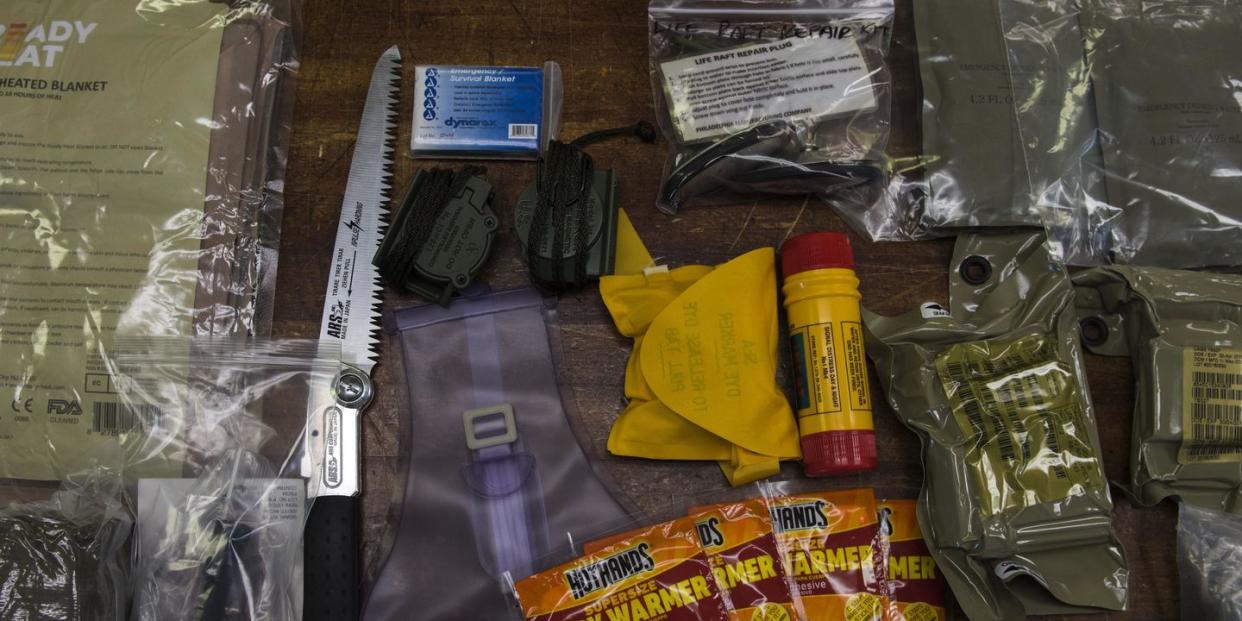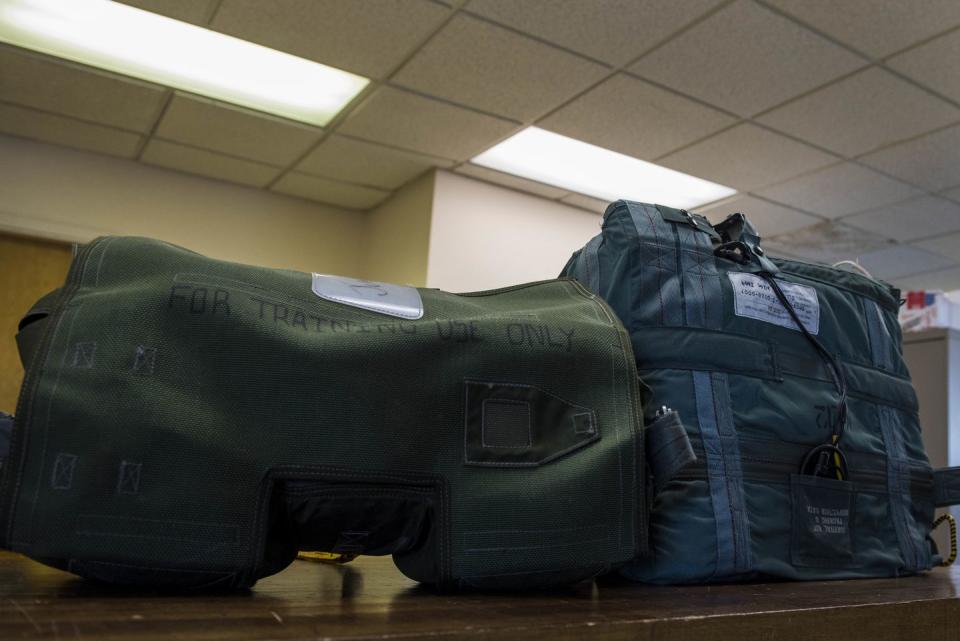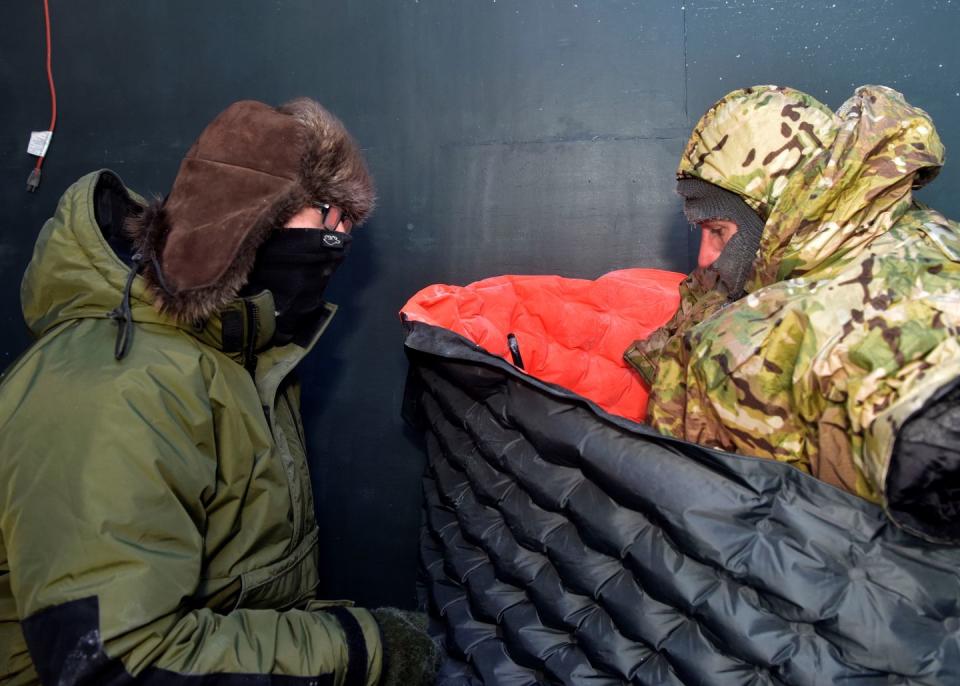Airmen in Subzero Temps Discover F-35 Survival Kit Works Better Than Advertised

The F-35 has smaller accommodations for pilot survival gear than previous aircraft.
As a result, the first F-35 squadron to be based in cold weather has been working on a smaller survival kit.
An accident during testing revealed the kit actually works at 25 degrees lower than originally planned.
A survival kit designed to keep F-35 pilots alive in freezing conditions has proven its worth all the way down to -65 degree Fahrenheit. The new kit, designed by the airmen that will fly with it under their seats, is designed to be smaller than previous kits while protecting pilots from the elements until rescue.

The F-35 Joint Strike Fighter differs from older jets in one peculiar way: the space under the ejection seat is a third smaller than the same space in the F-16 Fighting Falcon. Unfortunately, that’s where the pilot survival kit goes. The pilots of the 356th Fighter Squadron will receive their F-35s in 2020, operating them out of Eielson Air Force Base in Alaska, so squadron personnel created a new kit using new materials designed to keep pilots alive in the Arctic cold.
The kit consists of hand warmers, a signal flare, packaged water, a dye marker, compass, hand saw, and other items. The new also required a super warm sleeping bag, one that compressed but still kept a person warm in subzero temperatures. The airmen finally included a sleeping bag made by Wiggy Industries of Colorado, which uses a synthetic fiber known as Lamilite. Indeed, the company sells a sleeping bag it says is rated all the way down to -60 degrees below zero.
According to a U.S. Air Force article on the kit, the fit is so tight that the pieces of the kit can’t just be thrown inside, but rather must be fit in, “like pieces to a jigsaw puzzle.”

The test to ensure the kit’s contents worked as planned took place at the International Artic Research Center at the University of Alaska Fairbanks. There, according to the website Stars and Stripes, airmen were placed in two different rooms, one dropping to -20 degrees and the other to -40 degrees. An undetected thermometer malfunction inadvertently exposed the airman in the latter room to -65 degrees, but those inside reported the system still worked as planned.
Eielson will be the first cold weather military facility to get the F-35, so the 356th Squadron is leading the way on developing the appropriate survival gear. The F-35 arctic survival kit is meant to keep pilots alive for a minimum of 24 hours. Thanks to a harmless accident, pilots can fly knowing their gear will work for sure—and even in temperatures colder than intended.
Source: Stars and Stripes
You Might Also Like

